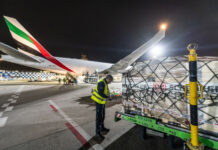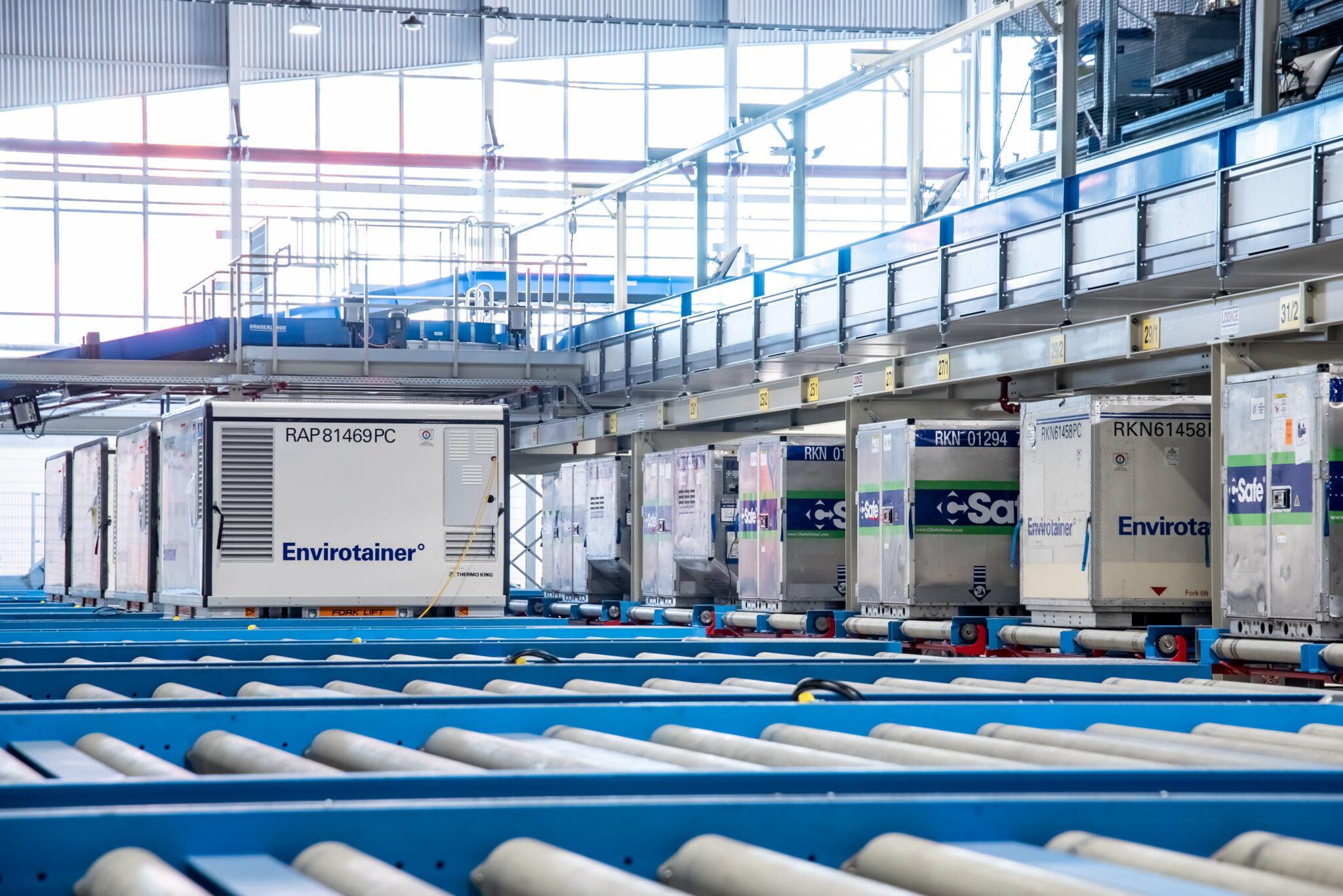

Heathrow Airport is inviting trucking companies and freight forwarders to reduce emissions by using its new load consolidation app, part of Heathrow CargoCloud.
Cargo operators will be able to consolidate freight loads coming in and out of Heathrow, with the aim of not only improving efficiency but also reducing the number of trucks and emissions on the road around the airport.
Companies subscribing to Heathrow CargoCloud will be able to exchange and share information about any spare capacity on their vehicles, or ask for help on a load they need transporting, and the app will work to match them and they contact each other offline and discuss the opportunity.
Heathrow head of cargo, Nick Platts says: “Operating a cleaner, leaner and more efficient freight operation is an essential part of delivering on our ambition to be the best airport in Europe for cargo. CargoCloud offers benefits to the whole industry.”
“For our cargo partners it allows them to reduce their costs, our local communities will experience less congestion and improved air quality, and Heathrow will build on its strength as an airport of choice for cargo.”
Heathrow worked in partnership with Nallian to create the app, and chief executive officer (CEO) Jean Verheyen adds: “Today, this vision is made concrete through the new tool to reduce emissions and traffic congestions. Tomorrow, shared data can be used to further synchronise cross-company processes, allowing clusters of independent companies to achieve efficiency levels that are historically reserved to fully integrated players only.”
DHL Global Forwarding CEO BELUX, Luc Jacobs says: “As a driver of innovation in our industry, we fully support initiatives that allow us to do our job a little bit better every day. We are big supporters of cloud based community systems because when done well, they have the potential to enable substantial efficiencies and eliminate waste in the supply chain at the same time.”











